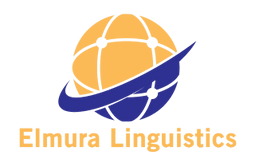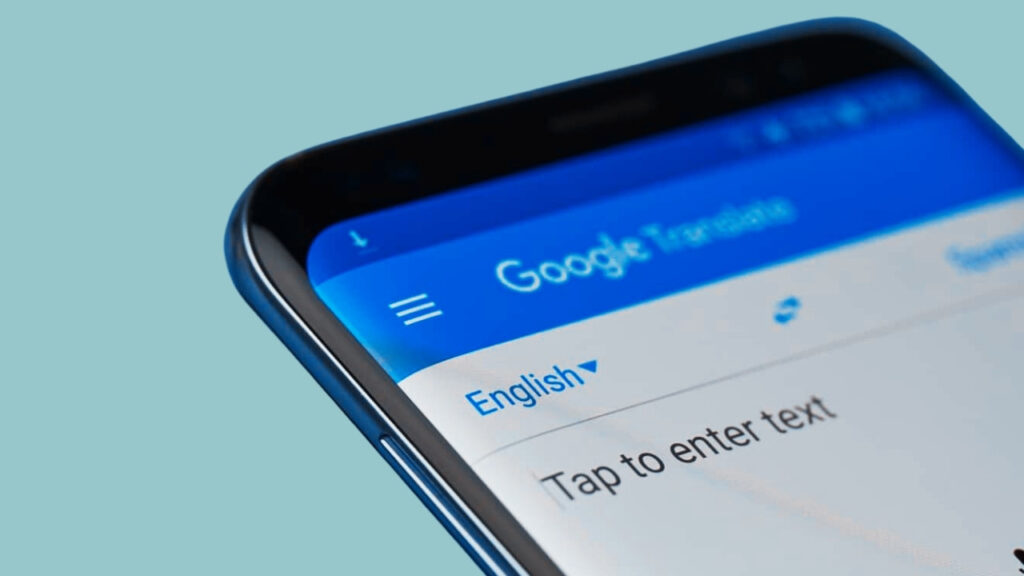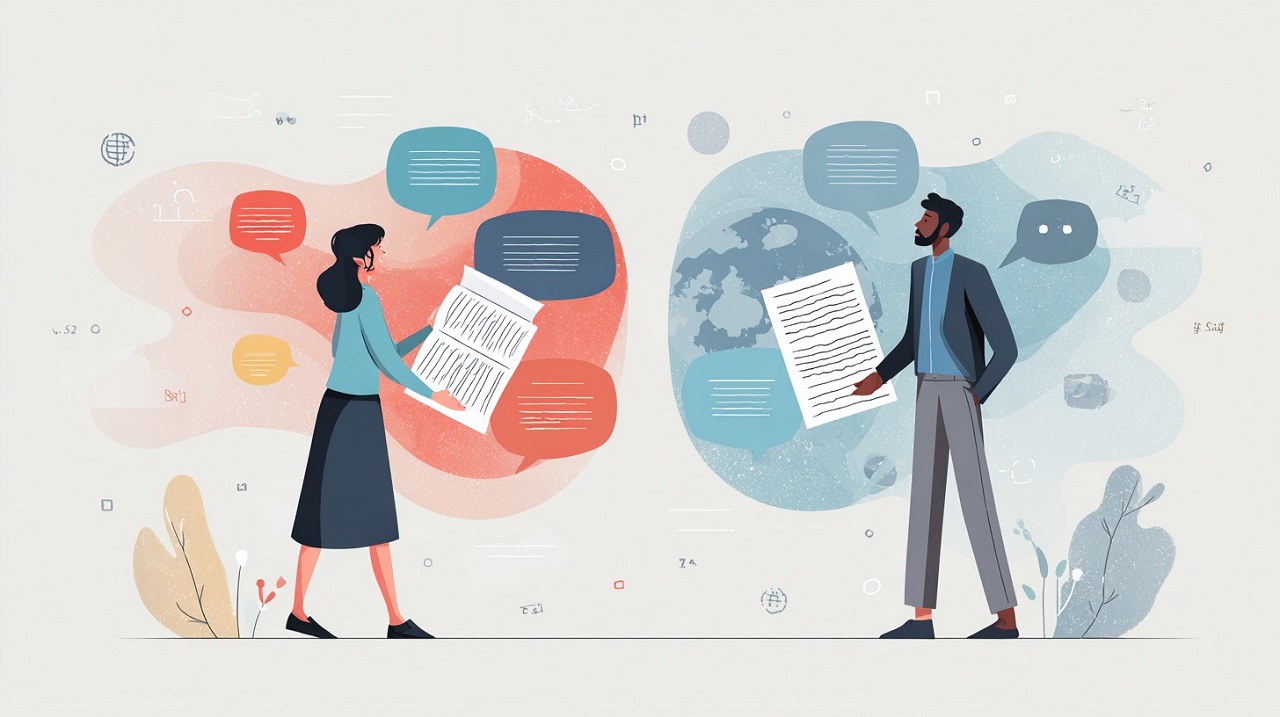Translation technology has come a long way, but can machines really replace human translators? Google Translate, one of the most widely used translation tools, now supports over 130 languages.
Google Translate processes over 100 billion words daily, equivalent to translating approximately 128,000 Bibles every day.
In this article, we will analyze how accurate Google Translate is in 2025 and whether it has truly improved.
Table of Contents
ToggleHow Accurate Is Google Translate from Spanish to English?
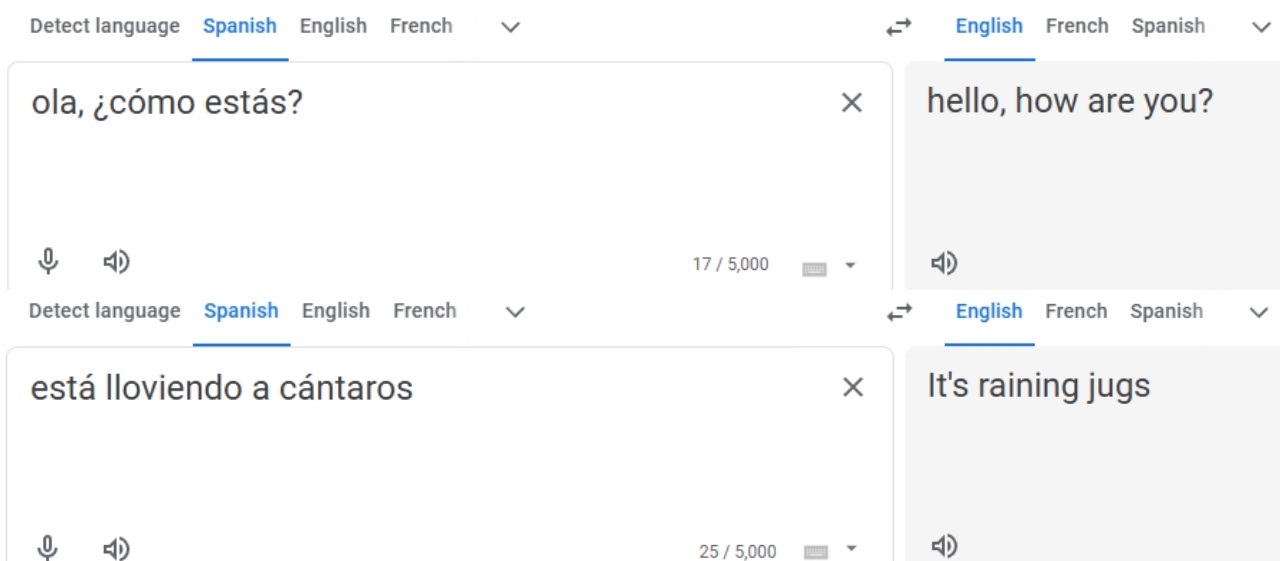
One of the most commonly used language pairs in Google Translate is Spanish to English. But how accurate is Google Translate from Spanish to English in 2025?
While simple sentences like “Hola, ¿cómo estás?” (“Hello, how are you?”) are translated correctly, more complex phrases often cause issues.
For example, “Está lloviendo a cántaros” should mean “It’s raining heavily,” but Google Translate might say “It’s raining jugs,” which is incorrect.
Although AI improvements have enhanced its accuracy, accurate translate results still depend on context, idioms, and regional variations. Is Google Translate accurate enough for professional translation? Not always.
Has Google Translate Improved in 2025?
Yes, Google Translate has improved, but it still has limitations. Neural machine translation (NMT) has made translations sound more natural, and AI now considers context better than before.
However, it still struggles with cultural nuances, slang, and highly technical terms. While accurate translate results are better than in previous years, human translators remain essential for complex texts.
At Elmura Linguistics, we recognize the advancements in machine translation tools. However, we firmly believe that human expertise remains irreplaceable for delivering accurate and culturally nuanced translations. Our team comprises seasoned professionals with over two decades of experience in various industries, including medical, corporate, and legal sectors. This extensive experience enables us to handle complex terminology and context-specific language with precision. We are committed to providing high-quality translation and interpretation services tailored to your specific needs.
By choosing Elmura Linguistics, you ensure that your content is translated with the highest level of accuracy and cultural relevance, surpassing the capabilities of current machine translation tools.
Strengths of Google Translate in 2025
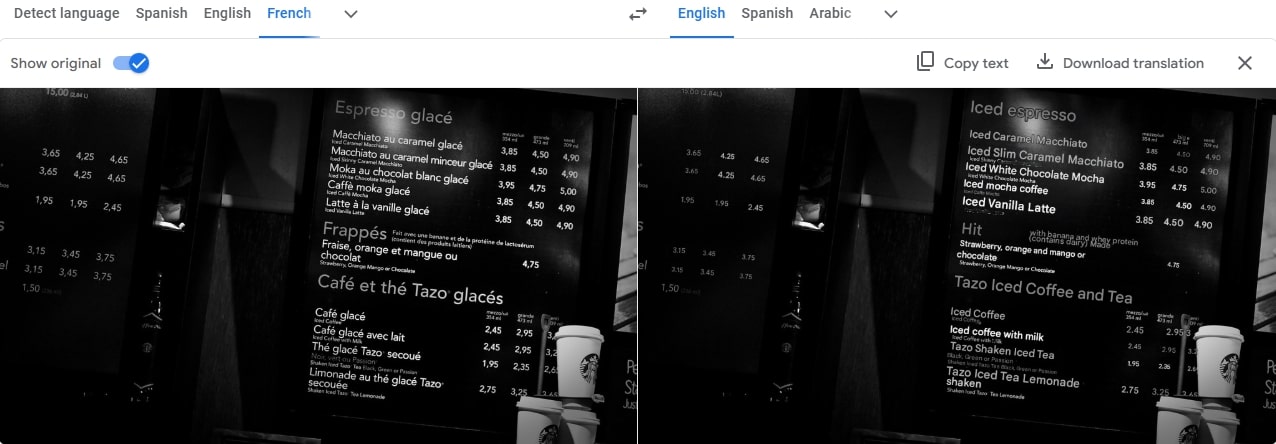
In 2025, Google Translate has enhanced its capabilities, offering quick and free translations for basic conversations, supporting text, speech, and image translations, and improving its handling of common language structures.
Below is a table illustrating these strengths with examples:
| Feature | Description | Example |
|---|---|---|
| Quick and Free Translations | Provides immediate translations at no cost, facilitating basic communication. | Translating “Good morning” to “Buenos días” in Spanish. |
| Text, Speech, and Image Support | Allows users to input text, speak phrases, or use images for translation, enhancing versatility. | Using the camera to translate a French menu into English. |
| Improved Language Structure Handling | Better understands and translates common phrases and sentence structures. | Accurately translating “It’s raining cats and dogs” to its Spanish equivalent “Está lloviendo a cántaros.” |
These advancements make Google Translate a valuable tool for everyday use, though it’s important to note that while it excels in these areas, challenges remain in translating complex sentences, idioms, and specialized terminology.
Limitations and Common Errors in Google Translate

While Google Translate has made significant advancements, it still faces notable limitations and common errors. Here’s an overview:
| Limitation | Description | Example |
|---|---|---|
| Struggles with Idioms and Figurative Language | Google Translate often misinterprets idiomatic expressions, leading to literal translations that don’t convey the intended meaning. | Translating “It’s raining cats and dogs” to Spanish might result in “Está lloviendo gatos y perros,” which is incorrect. The correct idiom is “Está lloviendo a cántaros.” |
| Errors in Grammar and Sentence Structure for Longer Texts | The tool can mishandle complex sentences, resulting in grammatical errors and awkward phrasing. | A complex English sentence might be translated into French with incorrect verb conjugations or misplaced adjectives, leading to confusion. |
| Inconsistent Accuracy Across Different Languages | Translation quality varies, with some language pairs yielding less accurate results due to limited data or structural differences. | Translating between English and Japanese may produce less accurate results compared to English and Spanish, due to significant linguistic differences. |
These limitations highlight the importance of human oversight in translation tasks, especially for nuanced or critical communications.
Accuracy in Translating Complex Sentences and Idioms

Is Google Translate accurate for business or legal documents? Not really. AI still struggles with legal terminology and medical translations.
Google Translate’s limitations in handling legal terminology can lead to significant misunderstandings. For instance, the term “enjoin” was mistranslated by the tool, resulting in incorrect interpretations.
Additionally, Google Translate often struggles with complex sentence structures and specialized legal language, which can result in inaccurate translations.
With these challenges, relying on machine translation for legal documents poses risks, including potential miscommunication and legal liabilities. Therefore, it’s advisable to consult professional translators for legal matters to ensure accuracy and reliability.
Google Translate vs. Human Translators: How Does It Compare?
While Google Translate offers quick translations, it often falls short in capturing the nuances of language that human translators excel at.
Human translators understand context, tone, cultural subtleties, and industry-specific terminology, making them indispensable for official documents.
Comparison Example:

- Source Text (English): “The new software update is a game-changer; it addresses all the bugs users complained about.”
- Google Translate to Spanish: “La nueva actualización de software es un cambio de juego; aborda todos los errores de los que se quejaron los usuarios.”
- Issue: The phrase “cambio de juego” is a literal translation of “game-changer” but isn’t commonly used in Spanish.
- Human Translator to Spanish: “La nueva actualización de software es revolucionaria; soluciona todos los errores que los usuarios habían reportado.”
- Note: The human translator conveys the intended meaning more naturally by using “revolucionaria” instead of a literal translation.
| Aspect | Google Translate | Human Translator |
|---|---|---|
| Contextual Understanding | Translates text without considering context, leading to potential misinterpretations. | Considers the context to provide accurate and meaningful translations. |
| Cultural Nuances | Often misses cultural references and idiomatic expressions, resulting in awkward or incorrect translations. | Understands and appropriately translates cultural nuances and idioms. |
| Industry-Specific Terms | May inaccurately translate technical or specialized terminology due to lack of domain expertise. | Accurately translates industry-specific terms, ensuring precision in professional documents. |
| Tone and Style | Fails to capture the tone and style of the original text, leading to flat or inappropriate translations. | Preserves the tone and style, ensuring the translated text resonates with the intended audience. |
This comparison underscores the limitations of machine translation tools like Google Translate, especially for nuanced and specialized content.
For critical documents, relying on professional human translators ensures accuracy and appropriateness.
How Well Does Google Translate Handle Regional Dialects?
Spanish differs greatly between Spain, Mexico, and Argentina. How accurate is Google Translate from Spanish to English when handling regional dialects?
The tool often fails to recognize words unique to certain regions, causing confusion. For example, “guagua” means “bus” in the Dominican Republic but “baby” in Chile.
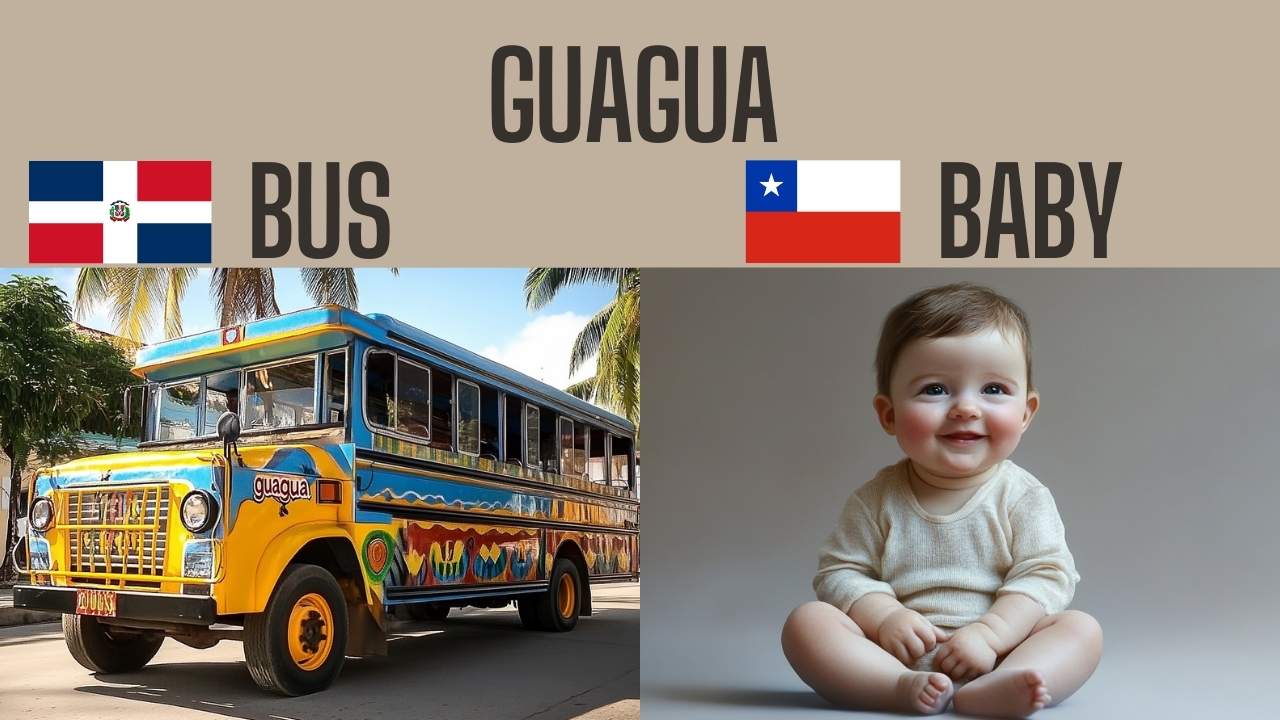
AI still struggles to account for these differences, making accurate translate difficult.
Does Google Translate Work for Professional and Legal Documents?
If you need to translate a business contract, relying on Google Translate is risky. Legal and technical terms often lose meaning when directly translated.
At Elmura Linguistics we provide certified human translations to ensure accuracy.
Advancements in AI and How They Impact Google Translate
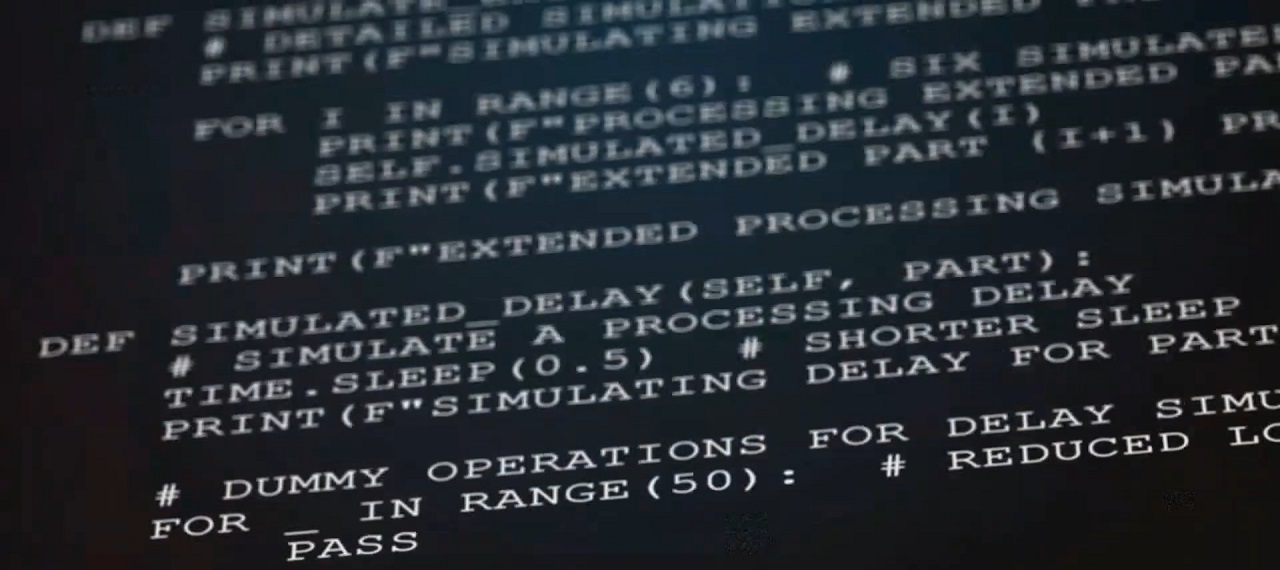
Artificial Intelligence (AI) has significantly enhanced Google Translate’s capabilities. By employing Neural Machine Translation (NMT) and deep learning, the tool now processes entire sentences rather than word-by-word translations.
This approach allows it to better grasp context and produce more natural translations.
Example:
- English: “The new policy will likely backfire.”
- Google Translate to Spanish: “Es probable que la nueva política fracase.”
- Note: Here, “backfire” is accurately translated to “fracase,” meaning “fail,” capturing the intended meaning.
Despite these advancements, challenges remain. AI can struggle with idiomatic expressions and cultural nuances, leading to less accurate translations in some cases.
While AI has made translations smoother, complete accuracy is still a challenge.
Conclusion
In 2025, Google Translate has made notable advancements, particularly in handling common phrases and simple sentences. However, it continues to face challenges with complex sentences, idiomatic expressions, and specialized terminology. While useful for basic translations, it is not yet a substitute for human expertise in professional contexts.
